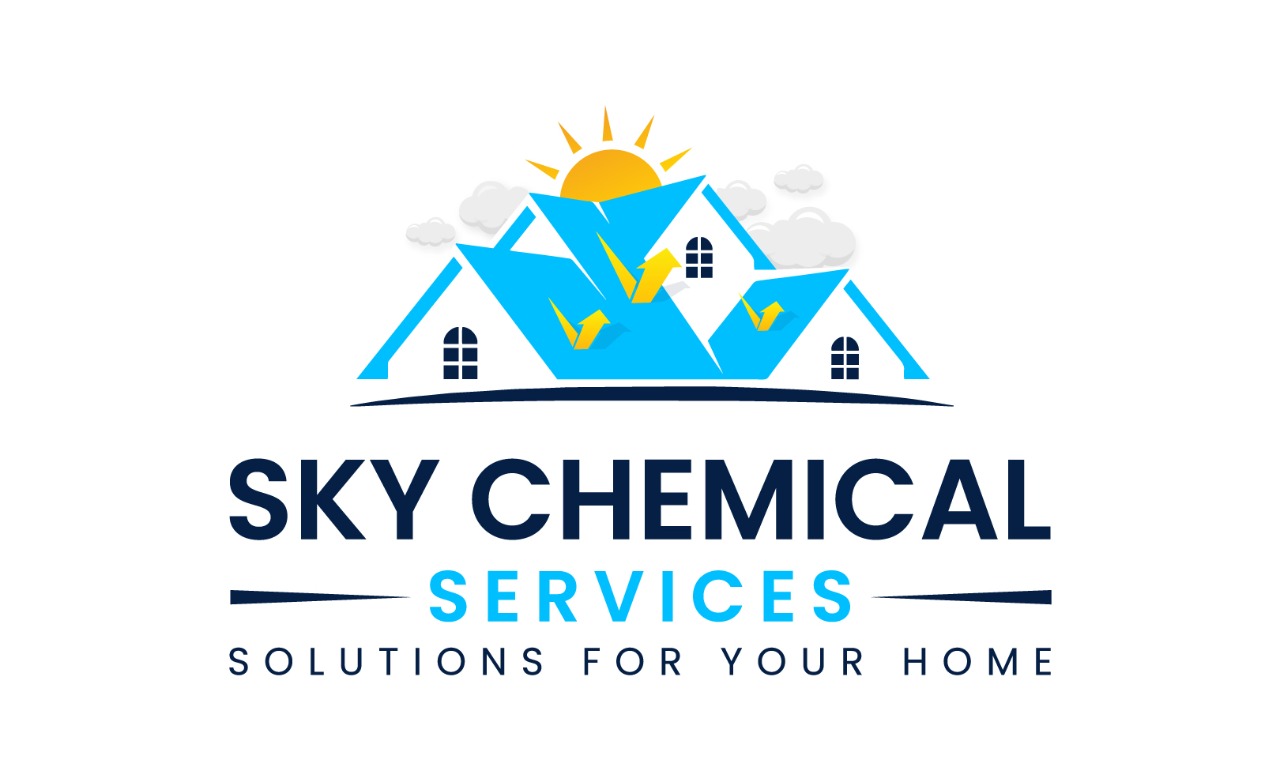
Did you know that 25% of heat is lost when the winter season arrives? Yes, a fact which no one can deny. Whether you’re building a new premises, refurbishing your present house, or reinforcing a room’s ceiling, prevent Heat loss is one of the biggest concerns to manage. Energy conservation, reduced expenses, and higher comfort are the likely outcomes of an insulated four-walled structure.
The Science of Heat Transfer
Heat dissipation from buildings takes place in three ways: conduction, convection and radiation.
Temperature differences can cause heat to travel from the building into the atmosphere. Alternatively, heat transfers from warm areas to cool areas through materials such as walls, floors, and windows. Convective heat dissipation takes place through air molecules. Formation of air currents carry the heat away from the building. Ventilation systems, natural airflow, and open windows facilitate this process.
With regards to radiation, warm surfaces emit thermal radiation in the form of electromagnetic waves that are absorbed by cooler surfaces or objects.
Read More
Why Roof Heat Proofing is Important in Karachi?
What are the Benefits of Heat Insulation in Karachi?
Types of Thermal Insulation Available in Karachi
Building materials with high thermal mass can absorb and store heat. Moreover, evaporative cooling can aid in heat dissipation from closed structures. Harnessing natural airflow through windows, vents, or openings can facilitate the transfer process; warm air escapes while cool air draws in. Light-colored or reflective materials on roofs, walls, and windows can also reduce heat absorption from sunlight and maintain a cool internal environment.
Different Ways to Prevent Heat Loss
There are several ways to avoid prevent heat loss from roofs. In other words, heat transfer processes (conduction, convection, and radiation) can be managed through the application of different materials. Below are some common strategies:
Insulation
Suitable insulation is crucial for minimizing heat loss through the roof. Insulation materials, such as mineral wool, fiberglass, cellulose, or foam, are installed in the roof cavity or between the interior space and the roof structure to ensure maximum protection from chilly winds and cold atmosphere. Besides handling the flow of heat, this method assists in reducing noise, lower energy costs, increase resale value, and enhance comfort.
Roof Insulation Board
Adding a layer of rigid insulation board on the exterior side of the roof structure can enhance thermal resistance. These boards are made from expanded polystyrene (EPS) or polyisocyanurate (ISO), which have good acoustic insulation, high insulation values, fire-resistance, and more.
Air Sealing
Proper air sealing is essential to prevent unwanted leakage from the roof. Gaps, cracks, and openings in the roof structure can allow warm air to escape and cold air to enter. Sealing these areas with weather-stripping, caulking, or foam insulation can reduce heat loss. In addition, moisture control can also be managed efficiently.
Ventilation
Proper roof ventilation helps control heat transfer. Through this process, moisture levels are controlled and moulds are prevented. By allowing for the exchange of air between the roof cavity and the external environment, the temperature of the interior is kept to a comfortable low. Adequate intake and exhaust vents should be installed to promote efficient airflow.
Radiant Barriers
Radiant barriers consists of reflective materials (aluminum foil) applied to both sides of different substrate materials like plastic films, kraft paper, and air filtration barrier material. The structure is installed beneath the roof surface; it is more effective in hot summer seasons than in cool winters.
According to statistics, radiant barriers can reduce heat loss by 5 to 10%. Prior to installation, it is essential to let the material droop between the attachment points to create air space. This helps to restrict heat flow from the boundaries of the closed structure.
Read More
What to Expect from Cool Roof Services in Pakistan?
What is the Role of Cool Roof Services in Pakistan?
List of Companies for Roof Cooling Paint in Karachi
Green Roofs
Green roofs, also known as living roofs, involve the installation of vegetation and growing medium on the roof surface. The vegetation layer acts as insulation, reducing heat transfer effectively. Besides, it also provides shade and helps evaporate water, further restricting the incoming heat.
Conclusion
Retaining interior heat in the winter season is a satisfying experience. However, proper installation and materials are required for the process (heat restriction) to finalize. If you want to insulate your home, contact Sky Chemical Services today.
